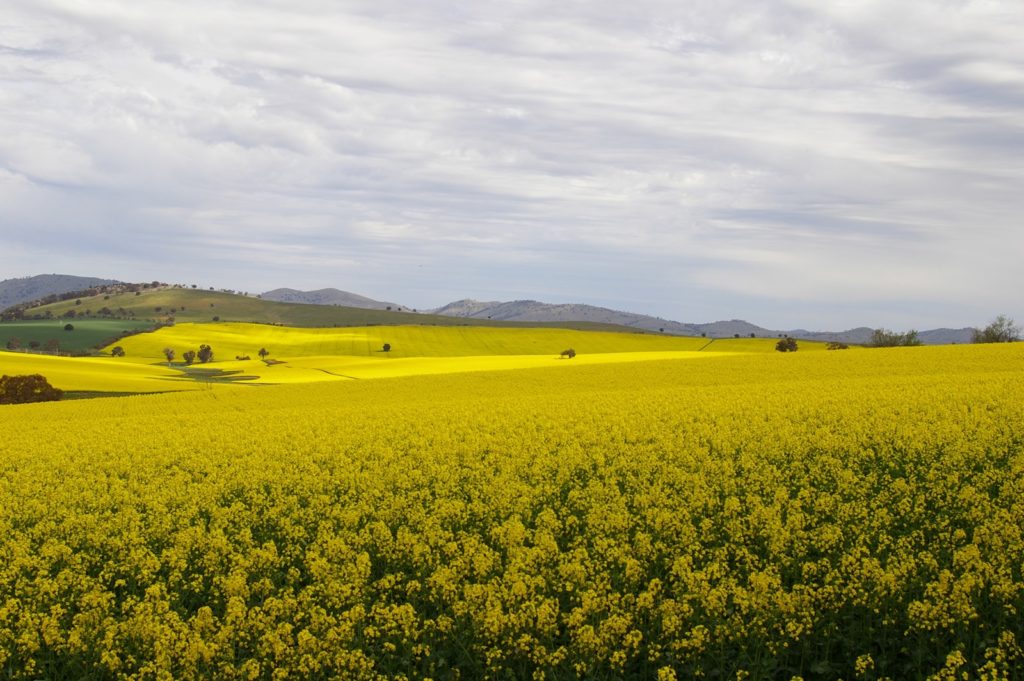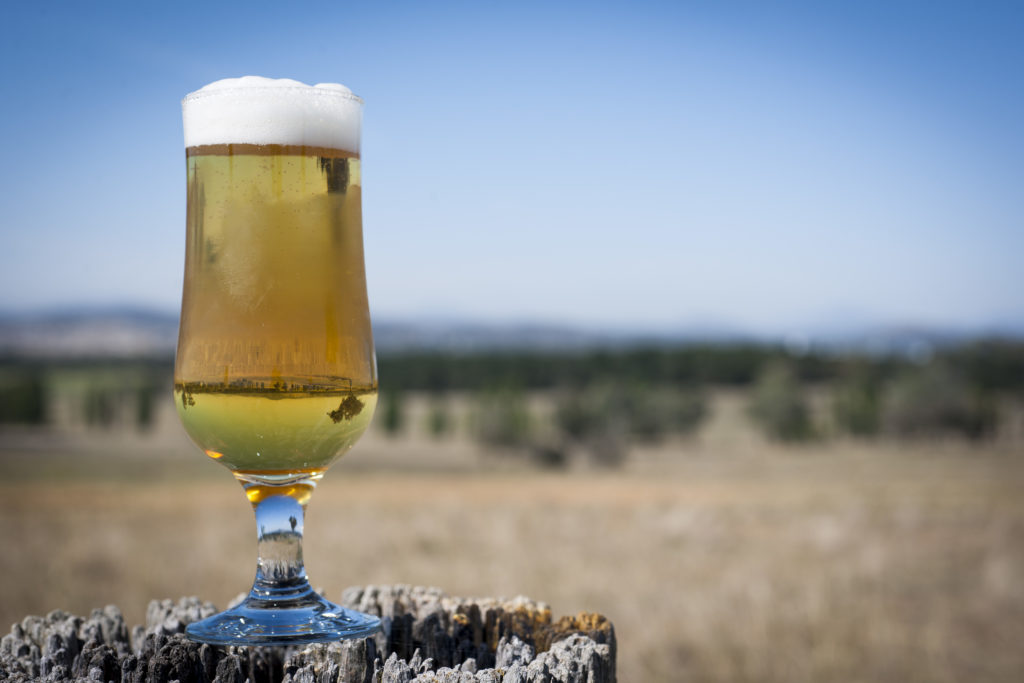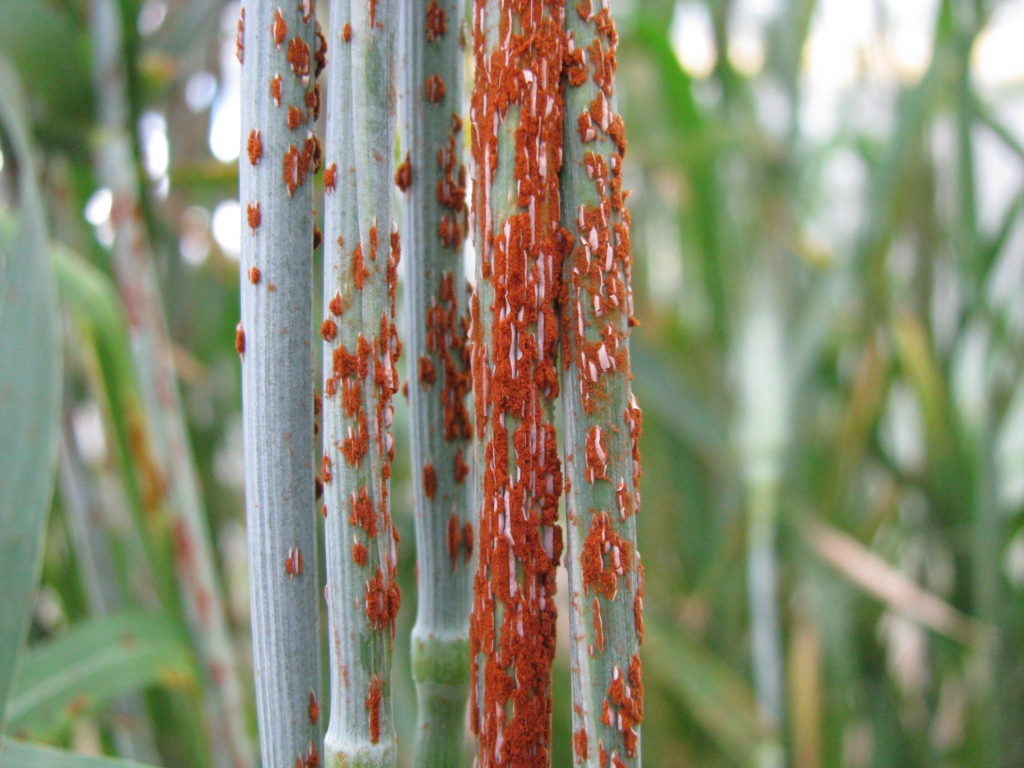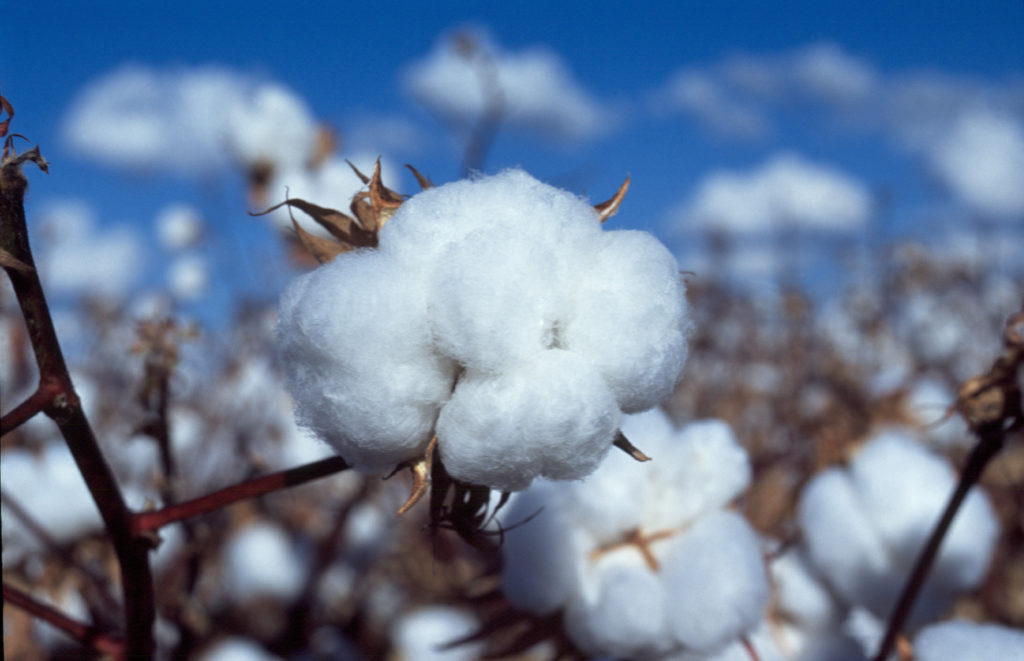CSIRO Chief Executive, Dr Larry Marshall recently spoke to the Council of Rural Research and Development Corporations (RDCs) in Canberra. The following is an amended version of his speech.

Our Digiscape future science platform is harnessing the digital revolution for Australian farmers and land managers
One of our biggest challenges – and the nation’s biggest opportunity – is tackling the reluctance of Australian businesses to take risks and invest in science and innovation. As a nation, we’d prefer to adopt proven new technology from overseas. The exception to that rule is agriculture. Innovation means something real in agriculture. It means feeding the world in the face of climate change, water shortages, pests, natural disasters, and more.
Agriculture is our oldest, largest and most developed area of research, which is appropriate given its critical importance to Australia’s future. And for decades our Rural RDCs have supported Australian science and research, making life better for our farmers, agribusinesses, and by extension, our whole nation. RDCs are critical to turning our brilliant science into real world innovation. That’s why our RDC partnership is so important to us, has endured so many decades, and will be pivotal to ensuring Australia’s prosperity into the future.
Here are just some examples of what we have achieved through this partnership.
Omega-3 canola
In February, regulatory approval was given for the world’s first plant-based long chain omega-3 with a revolutionary new type of canola; that’s omega-3 canola. We’re so thrilled to have been part of this journey so far, with the Grains RDC backing us all the way, and our commercial partner, Nuseed taking products from this innovation to market. We look forward to seeing what’s behind the many international doors this regulatory approval opens.
One of the most rewarding aspects of our long-standing partnership with the Rural RDCs is that breakthroughs in one sector, inevitably have flow-on benefits to many others as we lift profitability, environmental outcomes, and overall sustainability. So we’re also looking forward to seeing the flow on impacts of this innovative new source of long chain omega-3. In particular, this is great news for fisheries, not just bringing down the costs of feed in aquaculture, but helping to relieve pressure on wild fish stocks, our current source of omega-3.

Land-based plants are unable to produce the beneficial long chain omega-3 oils containing DHA. ©Siobhan Duffy
Kebari®
For the last two years running we’ve awarded our Chairman’s Medal to projects supported by GRDC in recognition of the deep and meaningful impact our work can have. In 2016 it was the ultra-low gluten barley, Kebari®, which scooped the Chairman’s Medal. This innovation allowed us to sell beer to the Germans. And last year in Canberra, a local brewery trialed an Australian beer using Kebari®, so we’re hopeful that it won’t be long before with coeliac disease and other gluten avoiders in Australia will be able to enjoy a beer.

German brewer Radeberger’s Pionier gluten free beer, brewed using Kebari® barley
Cereal rust resistance
In 2017 the Chairman’s Medal went to our cereal rust team, in partnership with GRDC. To date, our researchers have provided wheat breeders with genetic markers for more than 20 rust resistance genes, helping the industry keep one step ahead of this costly disease. And it hasn’t just saved money in lost crops, the work has increased grain yield and reduced fungicide use.

We’ve discovered a new resistance gene that protects plants from rust – one of the most devastating diseases for wheat yields worldwide.
Cotton
We have had a long and fruitful relationship with the cotton industry, and as with any long-term relationship, there has been a lot of hard work and a lot of rewards. Right now we’re working on closing the gap between how much water the cotton industry uses on average, and how much water is used by the most efficient farmers.
Using plant-based sensing technologies, we’re letting the cotton order its own drinks. The sensors monitor canopy temperatures to identify crop stress, giving added confidence to farmers about their irrigation decisions. Together with the Cotton RDC, we’re working with an existing commercial irrigation technology provider to deliver the maximum impact, and we’re estimating cotton producers could expect a 5-10 per cent benefit in water use efficiency. This project has the powerful combination of our research, RDC customer-centricity and a commercial provider; all combining to bring an existing distribution network to the table to roll-out our innovation.

Using plant-based sensing technologies, we’re letting the cotton order its own drinks.
Wine grapes
Another great Rural RDC partnership we have is with Wine Australia, and together we’re tackling grape mildew. So far, together we’ve found resistance genes to tackle both powdery mildew and downy mildew, the two scourges of the wine industry, which cost the Australian industry about $140m each year.
We’ve developed new premium varieties that are resistant to both of these pathogens, and thus no longer need fungicide but there’s still a world of grapes to study to continue this research.

You might not see it, but you sure can taste it: salt in wine grapes is an unpleasant experience.
We’ve sniffed out a way to protect wine grapes from costly mildew
FutureFeed
Under the MLA’s National Livestock Methane Program, our scientists identified a specific species of seaweed that produces a methane-inhibiting compound. When added to livestock feed as a product we’re calling FutureFeed, we’ve been able to reduce their production of methane by 80 per cent.
When livestock don’t produce methane, they’re cheaper to feed; and we deliver significant environmental benefits by reducing our contribution to greenhouse gases.

This cow has the right idea. Cow image from www.shutterstock.com
This cow has the right idea. Image from www.shutterstock.com
Taking our innovations to market
To accelerate innovation rates in Australia we need to accelerate international engagement, especially in regions where there is a significant opportunity to return value to Australia.
In July last year, we released our Food and Agribusiness Roadmap, identifying that less predictable growing conditions, more connected global value chains and customers who demand healthier, more convenient and traceable foods are the major trends influencing food and agribusiness in Australia. We already provide Australians with a delicatessen of high quality, value-added foods and access to some of the world’s highest quality crops, but we must compete on the world stage to protect – and indeed grow – our market share.
Australia’s capacity to bring world-leading technologies to the market is unquestionable, but we need to realise that potential at scale. We are looking to establish ourselves in key regions of the world that will provide a gateway to markets with big economic potential, and we kick-started this in 2017 when we opened our US office. Our global push isn’t about selling our IP to international competitors, it’s about opening marketplaces to our own industries to broaden their market share and return benefits to the Australian economy and our research. We also have to work with the reality that Australia’s market does not always keep pace with our innovation. For example, in the US we’re commercialising the wheat we developed with GRDC to have high levels of resistant starch. Since publicising these early steps, we’re now in discussions with Australian companies and investors about bringing a product to market in Australia.
As well as pushing our science out globally, we’re pushing it deeper with the opportunities of the digital revolution. We’re excited by the recently completed cross-RDC project Precision to Decision, which maps out the opportunity for digital agriculture in Australia, and we’re looking forward to co-investing with you in the new opportunities identified in the report.
One of the ways we’re bringing our digital and agriculture research together is under the banner of Digiscape, our $10m investment into the future science that will transform the industry. We’re building a common big data infrastructure that will support next generation decision making and transform agricultural industries and environmental action. This won’t be any old database, we’ll be drawing on locally and remotely sensed data; next generation climate forecasts; improved digital soil mapping; and more detailed, relevant data for customers making critical decisions.
Some of the projects in train include:
- real-time downstream data to help protect the Great Barrier Reef by enabling upstream sugarcane growers make better nitrogen fertiliser decisions
- digital services to enable farmers to participate profitably in greenhouse gas mitigation and maximise the benefits to the land from carbon markets
- a project to help farmers tailor paddock-by-paddock management through on-farm experimentation and analytics.
A number of our Digiscape products and services are well on the way to commercial reality, and we expect a number of them will have applications across a number of industries, creating system-wide benefits and returns for the whole nation. While these are the project officially in train, I have a far greater vision for where our partnership will take us in the future. Crops that produce their own fertiliser. Materials that shield plants from pests while filtering just the right wavelengths of light for plant growth without burning or dehydration. Plants that produce useful oils from every part of the plant, not just from the seeds.
Collaboration is at the heart of everything we do at CSIRO. Our relationship with the Rural RDCs is built on a solid foundation on shared values and vision for the enduring nature of our rural industries, and a commitment to weathering the storms of disruption on the horizon. We have more to do, and many opportunities to seize, but together, I’m confident we can not only retain, but grow, our international agricultural advantage for all Australians.


9th April 2018 at 2:55 pm
I am not sure of the point that David is making. What I know in the fisheries area, CSIRO’s impact on productivity has been first-class – and given Australia a competitive advantage, for a while at least. CSIRO has pioneered a methodology of cost-effective ways of researching lower value fisheries and has developed cutting edge genetics methods. These have produced more accurate results at lower cost – which is what productivity is all about in fisheries science.
It is fashionable to knock the high achievers – and they should be measured on outcomes, not on theories. In fisheries science – CSIRO has delivered in spades. Brian Jeffriess. Tuna Industry.
2nd April 2018 at 8:15 pm
Is this an April Fools Day joke? It was reported by Farm online on the day.
The stalled productivity of our ag has now been well recognised, particularly by ABARE, but also including by CSIRO staff working on the gap in cropping productivity. It is hard to see how these “breakthroughs” will change that for broad-acre cropping.
If not a prank, what does it say about the hubris of our innovation professionals? Maybe this is part of the explanation for stalled productivity growth?
Unfortunately, rather than ignore such professionals, it is becoming all-too-easy for people to succumb to snake-oil alternatives.